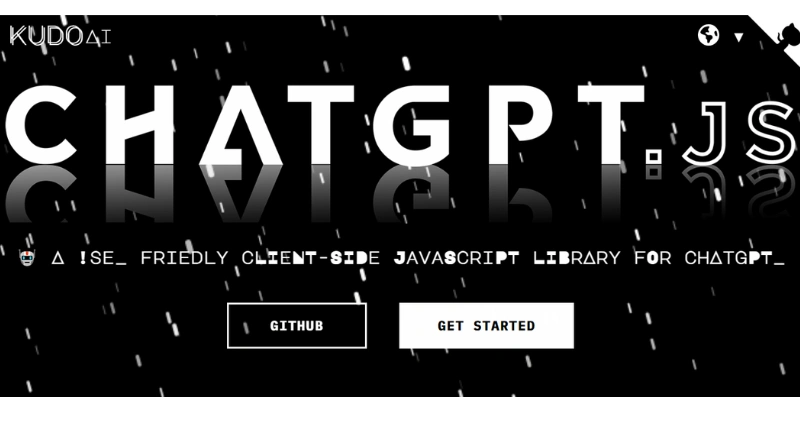
Chatgpt.js
0.0 out of 5 stars (based on 0 reviews)
Lightweight JavaScript library for ChatGPT.
Category: Development
What is Chatgpt.js?
chatgpt.js is a lightweight, open-source JavaScript library that simplifies the integration of ChatGPT functionalities into web applications. Designed for client-side use, it enables developers to interact seamlessly with the ChatGPT DOM, facilitating the creation of interactive AI-driven features without extensive backend configurations.
Chatgpt.js Features:
- Client-Side Integration: Operates entirely on the client side, eliminating the need for server-side processing.
- Object-Oriented Design: Provides a structured and modular approach to building AI functionalities.
- Lightweight and Performant: Optimized for minimal resource consumption while maintaining high performance.
- Feature-Rich API: Offers a comprehensive set of methods for tasks like sentiment analysis, text summarization, translation, and more.
- Cross-Platform Compatibility: Compatible with major browsers and platforms, ensuring broad accessibility.
- Open Source: Available under the MIT license, encouraging community contributions and transparency.
Chatgpt.js Benefits:
- Rapid Development: Accelerates the integration of ChatGPT into web applications, reducing development time.
- Ease of Use: Simplifies complex AI interactions, making them accessible even to developers with limited AI experience.
- Enhanced User Engagement: Enables the creation of interactive and responsive user interfaces powered by AI.
- Cost-Effective: Being open-source and client-side, it reduces infrastructure and maintenance costs.
- Community Support: Backed by an active community, providing resources, plugins, and continuous improvements.
Use Cases:
- AI-Powered Chatbots: Developing interactive chat interfaces for customer support, education, or entertainment.
- Content Generation Tools: Creating applications that assist users in generating text content, such as articles or summaries.
- Language Translation Services: Building tools that provide real-time translation capabilities within web applications.
- Sentiment Analysis Dashboards: Implementing features that analyze and display the sentiment of user-generated content.
- Educational Platforms: Integrating AI tutors or assistants to enhance learning experiences.
Chatgpt.js
Similar Softwares

treblle
0.0 out of 5 stars (based on 0 reviews)
Tagline: Streamline your API lifecycle with intelligent insights
Category: Data Analytics

Yourfriends.ai
0.0 out of 5 stars (based on 0 reviews)
Tagline: Chat with AI Icons
Category: Communication

Helicone
0.0 out of 5 stars (based on 0 reviews)
Tagline: AI Observability, Simplified
Category: Development

JIT
0.0 out of 5 stars (based on 0 reviews)
Tagline: Code Smarter, Build Faster
Category: Development
Reviews
There are no reviews yet. Be the first one to write one.




